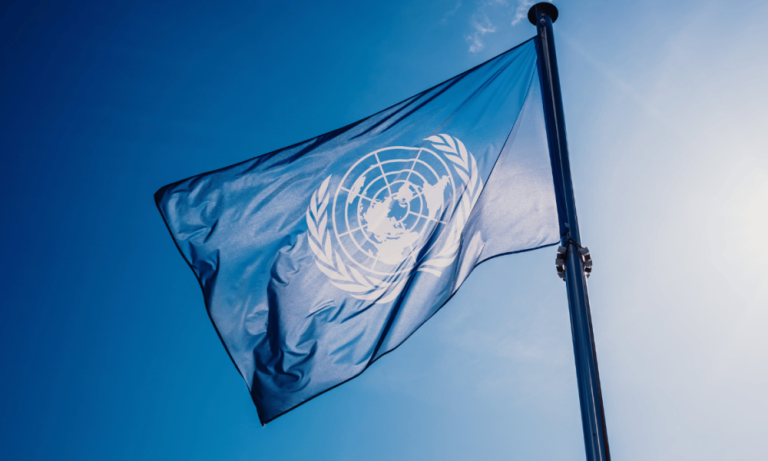The United Nations Office on Drugs and Crime published its World Drug Report this week. Here are some of the key takeaways on the use of cannabis across the globe.
The latest UN World Drug Report, published on Monday 26 June, takes an in-depth look at the trends and challenges in international drug use.
Drug use remains high worldwide, with one in 17 people saying they had used a drug in 2021, a 23% increase over the last decade.
The report, which comes just weeks after the publication of the EMCDDA’s European Drug Report, provides analysis of key developments and emerging trends in selected drug markets, as well as exploring other issues such as public health and implications for policy.
It also examines approaches to regulating the medical cannabis market and assesses recent developments surrounding the therapeutic use of psychedelics.
The findings come following calls by UN experts for an end to the global ‘war on drugs’, saying personal drug use should be decriminalised as a ‘matter of urgency’ and replaced with policy focusing on health and other human rights.
As the full report makes for a lengthy read, we’ve pieced together 10 of the key findings from their analysis on cannabis use globally (but highly recommend checking it out in its entirety when you have the time).
- Cannabis remains the most commonly used drug across the world, with an estimated 219 million people consuming cannabis in 2021, representing 4% of the global adult population.
- The number of people who use cannabis has increased by 21% over the past decade.
- Cannabis use remains the highest in North America, where 17.4% of the population aged between 15- 64 are reported to have used the drug in 2021.
- After a record high in 2020, seizures of cannabis resin dropped in 2021, but remain at the second highest level ever reported.
- Seizures of cannabis herb also declined in 2021, after a substantial increase in 2020. This follows a downward trend over the previous decade, thought to be driven by large decreases in seizures in North America.
- Cannabis accounts for a large proportion of drug-related harm globally, partly to its high prevalence of use. In 2021, just under half (46%) of countries reported cannabis as the drug associated with the greatest number of drug use disorders.
- The report includes a section specifically dedicated to the regulation of medical cannabis, which varies greatly from country to country. It finds that while there is evidence of the effectiveness of cannabinoids in treating a few conditions, for many the evidence remains limited.
- The percentage of women among those who use cannabis varies across regions, from 9% in Asia to 42% in North America. The gender gap is the largest in Asia, where 91 in every 100 people who used cannabis in the past year are men.
- Cannabis remains the main drug of concern for the majority of people in treatment in Africa. Use of cannabis is particularly high in West and Central Africa, with a past-year prevalence of use in 2021 of nearly 10 per cent (30 million people), largely reflecting the prevalence of cannabis use in Nigeria.
To read more access the full report here
